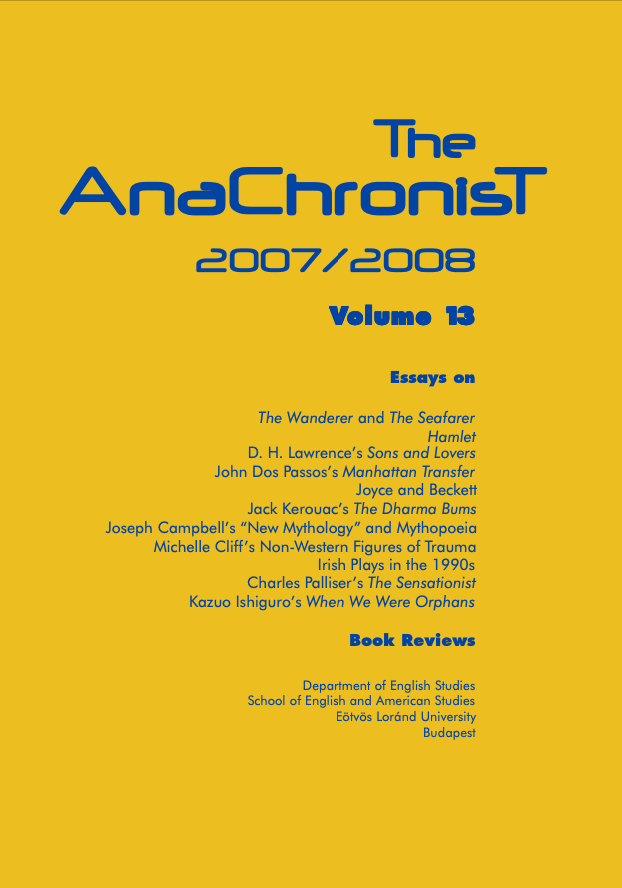The City as a Vacuous Common Place / Space in John Dos Passos's Manhattan Transfer
DOI:
https://doi.org/10.53720/NANP6362Abstract
This paper explores some possibilities of interpreting the motif of the city in John Dos Passos's Manhattan Transfer as a multiply vacuous common sphere. First, it is shown how the spatial aspect of the city can be characterized by its twofold rendition as a place endowed with intrinsic ambiguity on the one hand, and as a defective common space on the other. Second, a structurally similar duality is investigated in the temporal experience of Dos Passos's city dwellers by distinguishing between (vacuous) present time and historicity, each associated with attributes of the city as a place and a space. Finally, it is shown that the postulated spatiotemporal vacuity of the city correlates with the pervasively aesthetic character of the urban sphere, where interpersonal relations are inherently deficient. This leads to an ultimate, moral vacuity in the common urban space; the only aspect of the vacuity discussed which is not absorbed at the end of the novel.

